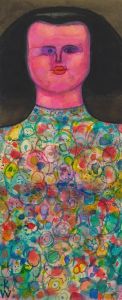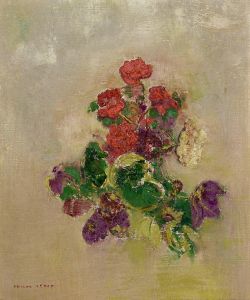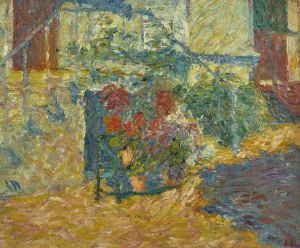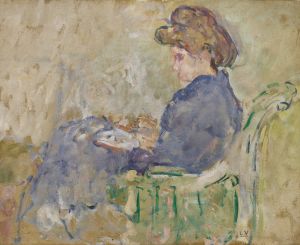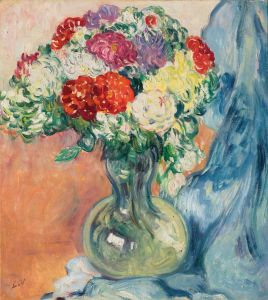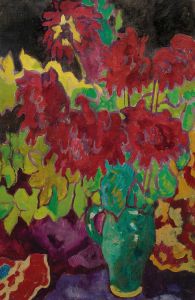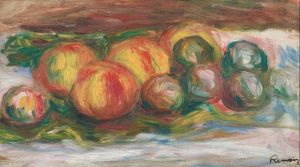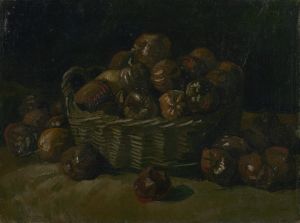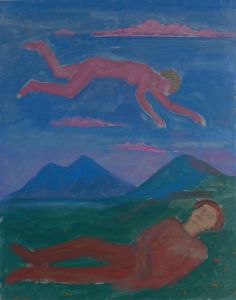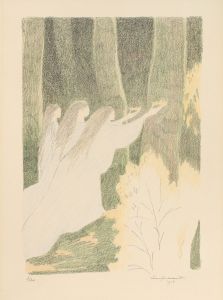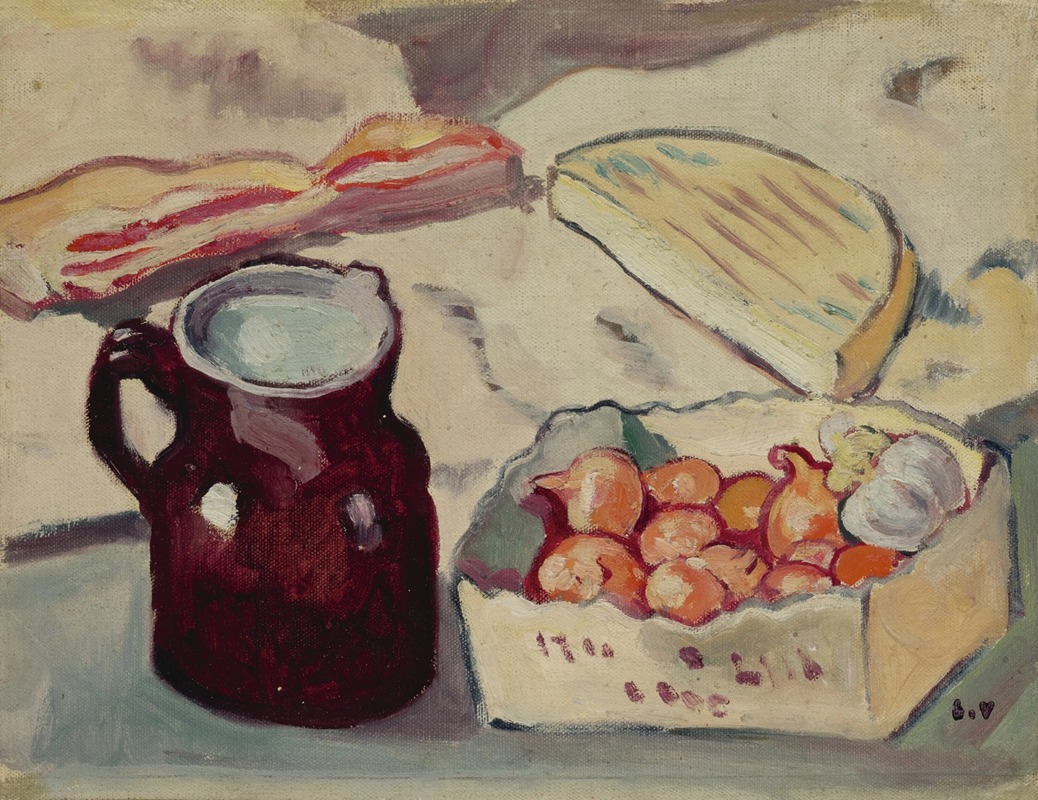
Nature morte
A hand-painted replica of Louis Valtat’s masterpiece Nature morte, meticulously crafted by professional artists to capture the true essence of the original. Each piece is created with museum-quality canvas and rare mineral pigments, carefully painted by experienced artists with delicate brushstrokes and rich, layered colors to perfectly recreate the texture of the original artwork. Unlike machine-printed reproductions, this hand-painted version brings the painting to life, infused with the artist’s emotions and skill in every stroke. Whether for personal collection or home decoration, it instantly elevates the artistic atmosphere of any space.
Louis Valtat was a French painter associated with the Fauvist movement, known for his vibrant use of color and bold brushwork. Born on August 8, 1869, in Dieppe, France, Valtat studied at the École des Beaux-Arts and the Académie Julian in Paris, where he was influenced by the Impressionists and Post-Impressionists. His work is characterized by a vivid palette and a focus on capturing the essence of his subjects, often through still lifes, landscapes, and scenes of everyday life.
"Nature morte" is a term used in French to describe still life paintings, a genre that Valtat explored throughout his career. While specific details about a painting titled "Nature morte" by Louis Valtat are not readily available, it is possible to discuss the general characteristics of his still life works and his approach to this genre.
Valtat's still lifes often feature everyday objects such as flowers, fruits, and household items, arranged in a manner that emphasizes their form and color. His approach to still life painting was influenced by his contemporaries and predecessors, including Paul Cézanne and Vincent van Gogh, who also sought to capture the vibrancy and dynamism of inanimate objects. Valtat's use of color was particularly notable; he employed a rich and varied palette to create a sense of depth and movement within his compositions.
In his still life paintings, Valtat often utilized a technique known as "divisionism," where colors are applied in small, distinct strokes or dots that blend optically when viewed from a distance. This technique allowed him to create a luminous effect, enhancing the visual impact of his work. The influence of Fauvism is evident in his bold use of color and the expressive quality of his brushwork, which together convey a sense of spontaneity and vitality.
Valtat's still lifes are also marked by their compositional balance and harmony. He carefully arranged the elements within his paintings to create a sense of order and structure, often using contrasting colors and shapes to draw the viewer's eye across the canvas. This attention to composition reflects his academic training and his deep understanding of the principles of design.
Throughout his career, Valtat remained committed to exploring the possibilities of color and form, and his still life paintings are a testament to his innovative spirit and artistic vision. While he may not be as widely recognized as some of his Fauvist peers, such as Henri Matisse or André Derain, Valtat's contributions to the movement and his unique approach to painting have earned him a respected place in the history of modern art.
In summary, Louis Valtat's still life paintings, including those potentially titled "Nature morte," exemplify his mastery of color and composition. Through his use of vibrant hues and dynamic brushwork, Valtat captured the beauty and vitality of everyday objects, leaving a lasting impact on the art world and contributing to the development of modernist painting.






